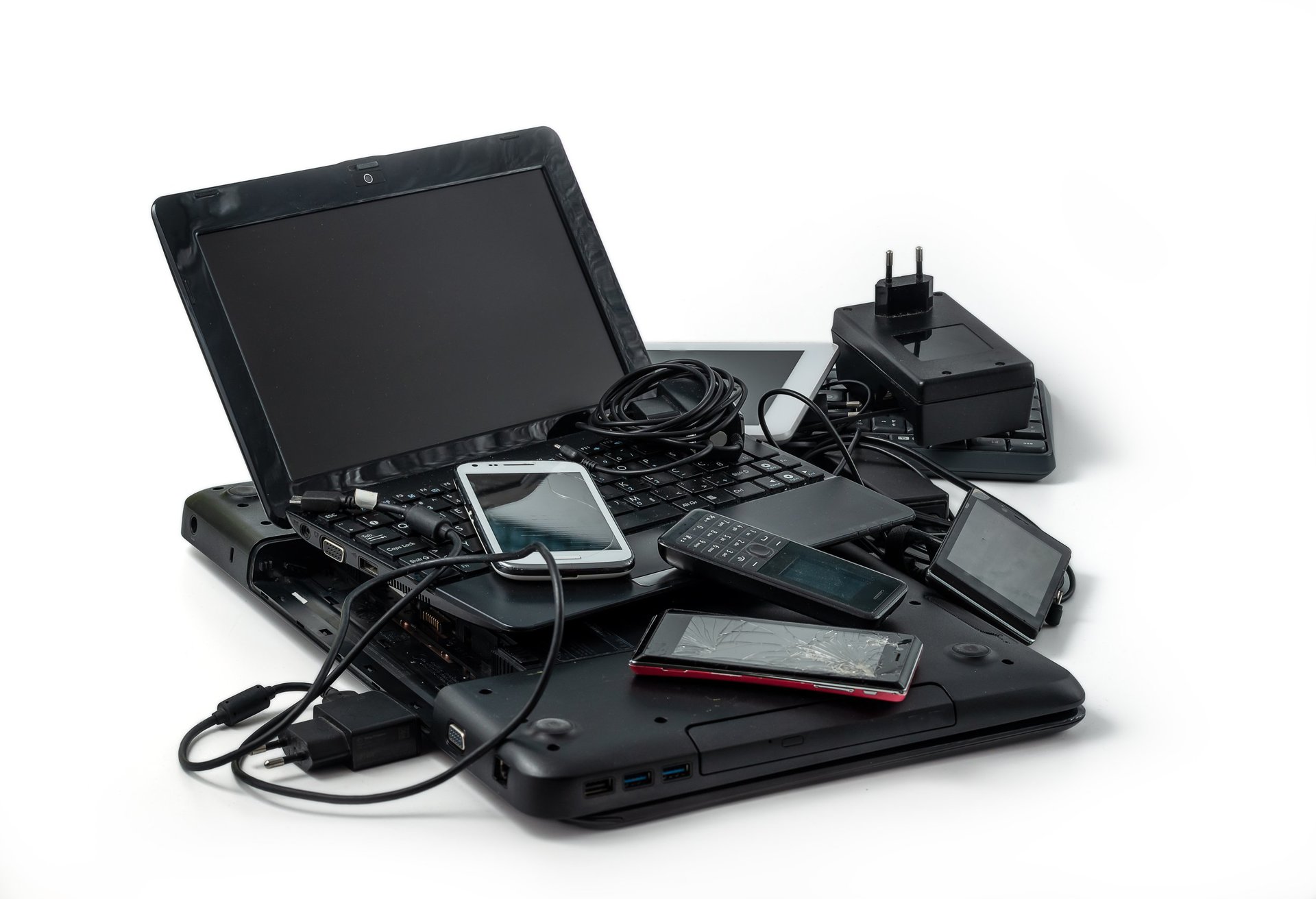Revolutionary decades for technology, the 1990s and 2000s produced the first generation of devices we use today like the iPhone or the smartwatch. Competitors rushed to develop similar products as tech companies vied for the attention of consumers across the globe. The marketplace for computers, phones, and other “smart” devices became saturated with products that set the bar, hit the mark, and fell flat against their competition.
We’re feeling nostalgic and looking back three decades. Our Stamm Tech team wandered down memory lane and selected our best, worst, and honorable mentions of the 90s and early 2000s. Whether these devices paved the way for the competition or evolved and are still relevant today, we’ll never forget the excitement (or frustration) we felt with this technology in our hands.
 Best: USBs
Best: USBs
From ports to drives, Universal Serial Bus (USB) technology standardized device connectivity and large file transfers before the days of Cloud Storage and Bluetooth. USB 1.0 was introduced in 1996 as a collaborative effort by Intel, Compaq, Microsoft, and IBM to develop a basic device connection protocol. Before flash drives, floppy disks could only hold 1.44 megabytes, with larger files needing to be split across multiple disks.
The “Thumbdrive” (produced by Trek Technology) was first commercially available in 2000. What started as a computer-specific design has evolved through the decades as a standard for more than just file transfers as mobile phones, tablets, video game consoles, and more utilize the various types of USB speeds and capabilities.
 Worst: Netbooks
Worst: Netbooks
While small, compact laptops are a staple of today’s technology, netbooks were ahead of their time in concept, but behind in hardware execution. A popular tech purchase of the 2000s, netbooks were PC laptops that were attractive for their condensed size and smaller price tag of between $200-$500, but in reality, they were low-quality devices.
In 2007, Asus released the Asus Eee PC with a Linux-based operating system. It was a lightweight laptop with only a 7-inch screen and tiny keyboard; however, more portable than Windows laptops of the time. Eventually, netbooks transitioned to Windows operating system, but the netbooks were underpowered and couldn’t efficiently handle Windows. Today, we see netbooks replaced with tablets, iPads, and Chromebooks (essentially a netbook with a specialized version of Linux instead of Windows).
 Best: Garmin GPS
Best: Garmin GPS
Despite being overrun by the smartphone era, Garmin’s original concept guided the transition from physical maps and printout directions to the digital directions convenience we use today. For marine and military use, Garmin launched Global Positioning System (GPS) devices in the early 1990s.
The first portable mapping GPS for automobiles was the StreetPilot in 1998. The popular eTrex line of devices launched the Touch in 2015, retailing for around $250. Since the inception of smartphones and free GPS apps, Garmin pivoted and focused its GPS efforts on technology for military, aviation, and outdoor enthusiasts such as fish finders. Today, Garmin produces its own line of smartwatches.
 Worst: Windows Vista
Worst: Windows Vista
The OS giant’s follow-up to Windows XP, Windows Vista launched in late 2006 and early 2007. Vista visually appealed to consumers with its introduction of widgets, sleek desktop design, and Windows Search bar, but the system requirements were subject to criticism. There were multiple issues with the restrictive licensing terms, longer boot times, and compatibility errors with computers currently on the market.
If you managed to get a computer compatible with the new OS system, there were multiple User Account Control warnings consistently popping up alongside Vista using up all the PC’s RAM while doing (seemingly) nothing. Despite all these issues, Microsoft saw approximately 200 million retail copy users and 300 million internet users by January 2009. A silver lining in this seemingly black mark on Window’s record, Vista provided Windows 7, 8, 10, and 11 a baseline for functions like widgets, glassy desktop design, and upgraded security solutions.
 Honorable Mention: BlackBerry
Honorable Mention: BlackBerry
Touting the full QWERTY keyboard, outdating T9 predictive texting, BlackBerry walked so touchscreen keyboards could run. Formerly called Research In Motion (RIM), the company’s first smartphone was released in 2002 with the BlackBerry 5810. In the 90s, RIM released various pager and PDA devices, but the BlackBerry 5810 was the first device that could make phone calls.
BlackBerry phones were, for many users, the first smartphone and one that could connect to the internet and send/receive emails with a full keyboard. Following criticism for removing the QWERTY keyboard in 2008’s BlackBerry Storm, 2010 yielded the BlackBerry Torch featuring a touchscreen and QWERTY keyboard. Despite its initial popularity, BlackBerry did not keep innovating following the release of Android and Apple phones.
 Honorable Mention: PDAs
Honorable Mention: PDAs
Obsolete now, Personal Digital Assistant devices were one of the many pieces of technology that provided the groundwork for smartphones today. PDAs were utilized throughout the 1990s and 2000s and evolved over time as computer technology improved. Before the days of apps on our phones, we used PDAs to manage calendars, store contact info, and organize documents and spreadsheets all in conjunction with our computers.
In 1996, Palm, Inc. launched the Palm Pilot, providing the standardized model that most other competitors followed. PDAs of the 2000s featured a touchscreen with stylus pen capabilities as well as sound, improved PC connectivity, and wireless internet access. Not quite a failure of the 2000s or the brightest technology, PDAs were certainly a stepping stone to recognize from where we started to where we are now.

 Best:
Best:  Worst:
Worst:  Best:
Best:  Worst:
Worst:  Honorable Mention:
Honorable Mention:  Honorable Mention:
Honorable Mention: